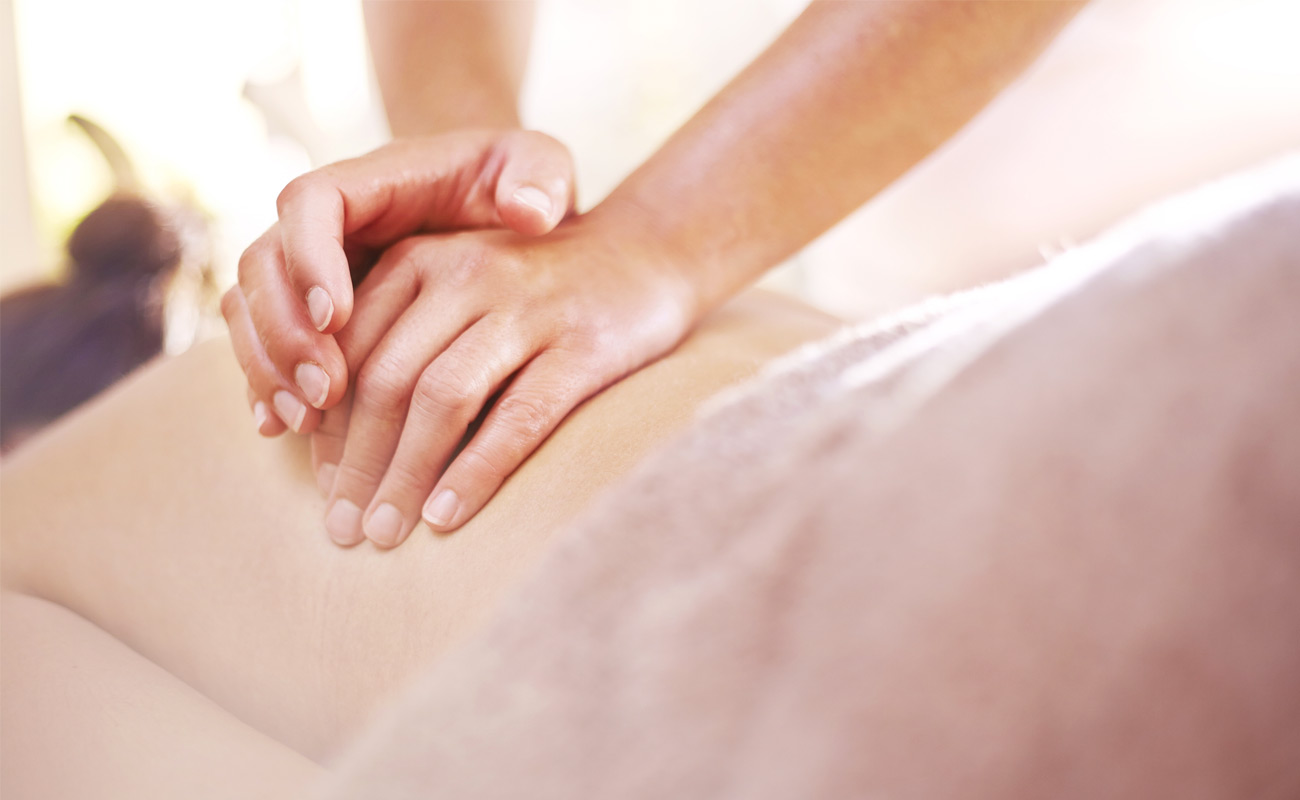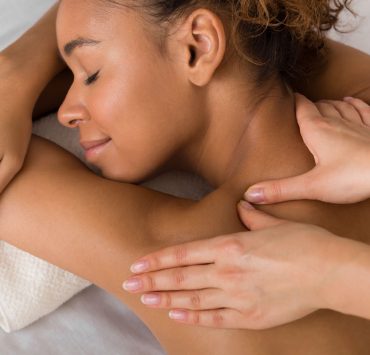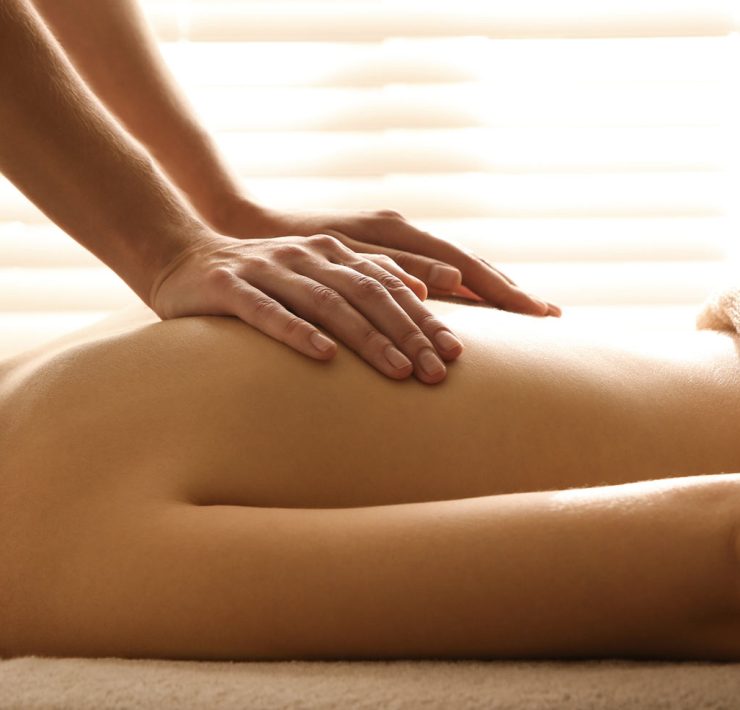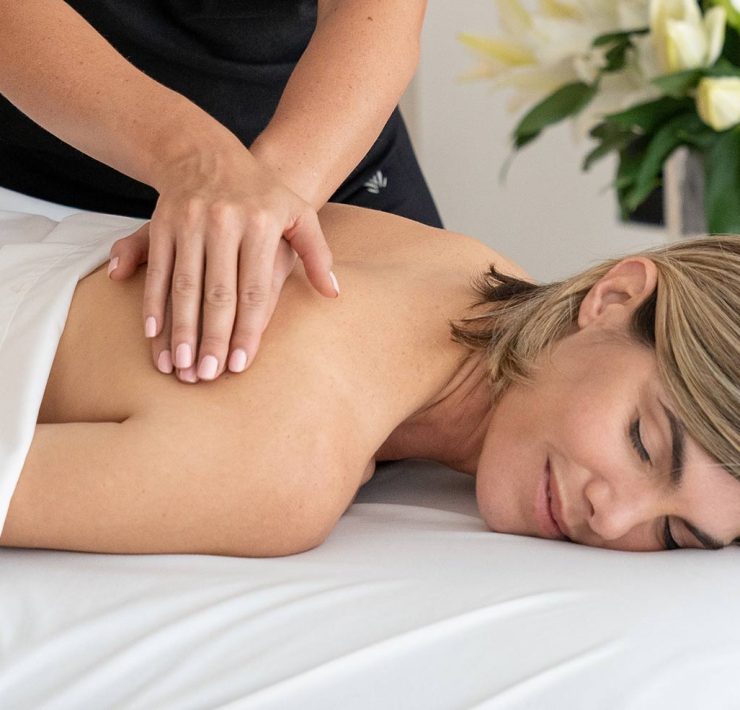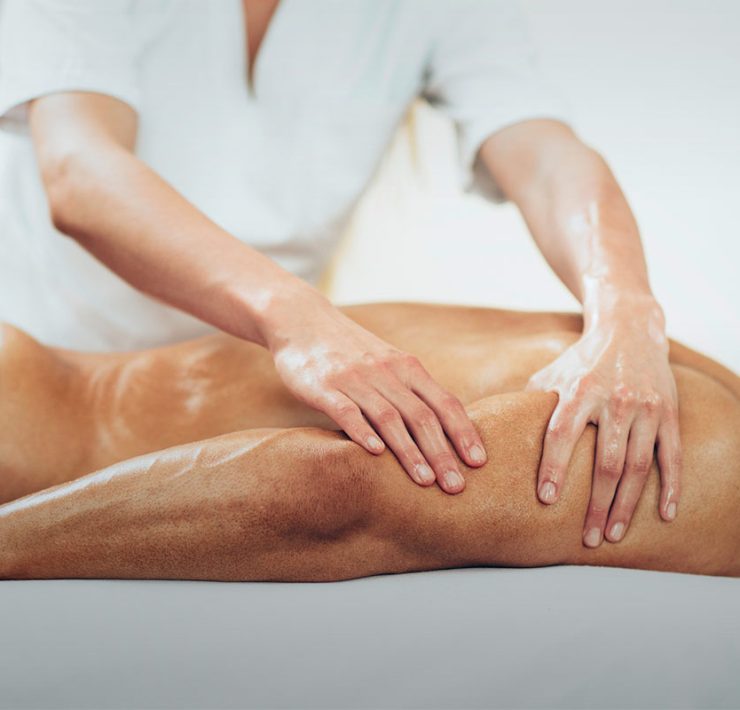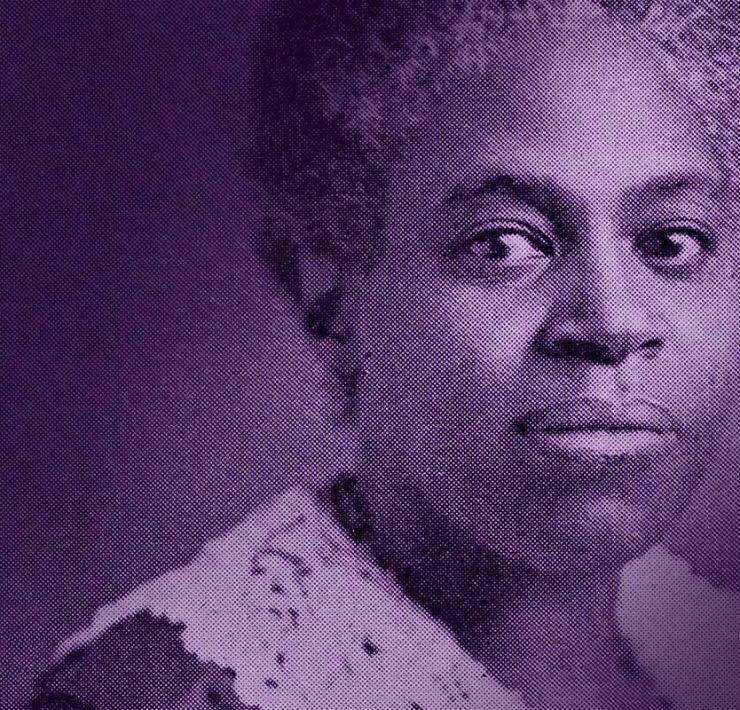Swedish massage is the most widely recognized and used massage modality in the world. A technique that focuses on relaxation, circulation, and overall wellness, Swedish massage is highly effective at easing both physical and emotional tension. In most of the world, this modality is actually referred to as “classical massage,” with only English- and Dutch-speaking countries, plus Hungary, using the moniker “Swedish massage”…but we’ll get to that topic in a moment.
Swedish massage is characterized by five specific techniques:
- Effleurage – This technique is characterized by long, connected, gliding strokes along the surface of the body. This is typically used both as an “introduction” when the therapist is first starting to work on an area of the body and at the end of that area’s massage.
- Petrissage – In this technique, the therapist can employ a variety of kneading, squeezing, and wringing techniques to loosen and relax muscles and fascia. Petrissage is highly effective for relieving muscle tension and targeting adhesions (AKA muscle knots).
- Friction – Here the massage therapist uses an area as small as their fingertip or as big as their forearm to apply targeted, deeper massage to a specific area, typically along the same direction as the muscle fibers—i.e. “with the grain.” When applying cross-fiber friction, the therapist performs this movement perpendicular to the orientation of your muscle fibers, or against the grain.
- Vibration – Like the name suggests, vibration is a technique of applying gentle, rhythmic shaking to a specific area. This can be done at varying speeds, based on particularities of the body part and the client’s needs. Vibration and shaking are generally used to help relieve tension and promote relaxation.
- Tapotement – this is a rhythmic persuasive stroke that can involve tapping with fingertips, beating with a loose fist, hacking (loose, light karate chops), and slapping. Tapotement is used to stimulate the nervous system in a specific area.
Now that you know this, it’s reasonable to wonder, “Why is it called Swedish massage? …and why are there French-sounding names in a supposedly Swedish massage?” That answer lies in its history.
Pehr Henrik Ling (1776-1839) was the principal of the Royal Gymnastic Central Institute in Stockholm, Sweden when it opened in 1813. He developed a program of “medical gymnastics” that later became known abroad as the Swedish Movement System. This system of active and passive movements combined massage with exercise in order to provide relief from movement-related discomfort and injury. He documented this early physiotherapy protocol extensively, passing this legacy on to numerous pupils.
Fast-forward a generation to Johann Georg Mezger (1838-1909), a Dutch physician considered by some to be the father of physiotherapy and a practitioner of many of Ling’s same techniques. In a time when musculoskeletal injuries were braced, bandaged, and prescribed absolute rest, Mezger would instead prescribe remedial gymnastics and administer massage on a regular basis to his patients—utilizing many of the same principles and techniques codified in Ling’s Swedish Movement System.
Mezger eventually standardized his approach to massage therapy and assigned names to five strokes used in this modality—the very same listed at the beginning of this article. So why were those names French? Simply because French was considered the international language of diplomacy at the time.
Both Mezger and Ling are notable for standardizing and rigorously documenting their work in this field. Though Mezger is considered by many to be the more official creator of Swedish massage, it wouldn’t be considered “Swedish” if not for the earlier contributions of Swede Pehr Ling before him. Together, a generation apart, they formed a foundation that is considered the gold standard for massage therapy to this day.
Seeking an easy way to erase your stress, calm tension, reduce muscle pain, improve joint function, lower blood pressure, or increase blood circulation? Great – we’ll come to you!
Melanie Peddle holds a MS in Mechanical Engineering and has been practicing massage since 2012. She is an instructor with Western Colorado University in its partnership with the University of Colorado, focusing on biomechanical engineering and injury, as well as applications in adaptive sports. An accomplished collegiate athlete, Melanie brings an engineer's mind to all her physiological pursuits, and a passion for the most interesting engineering challenge of all: the human body.

